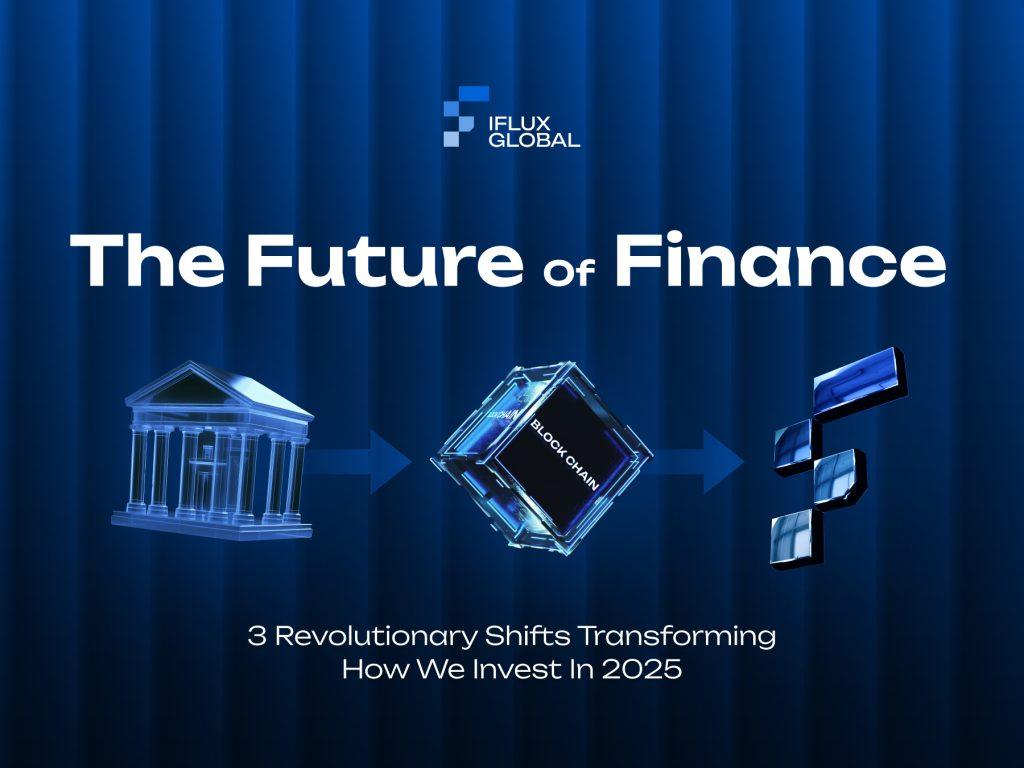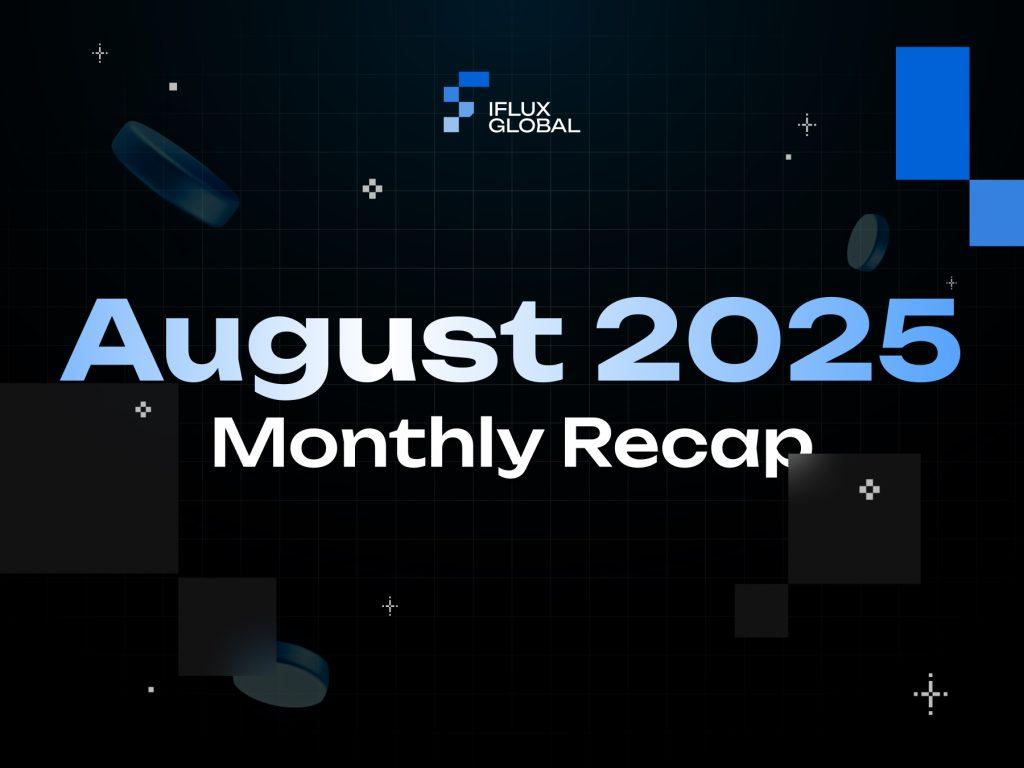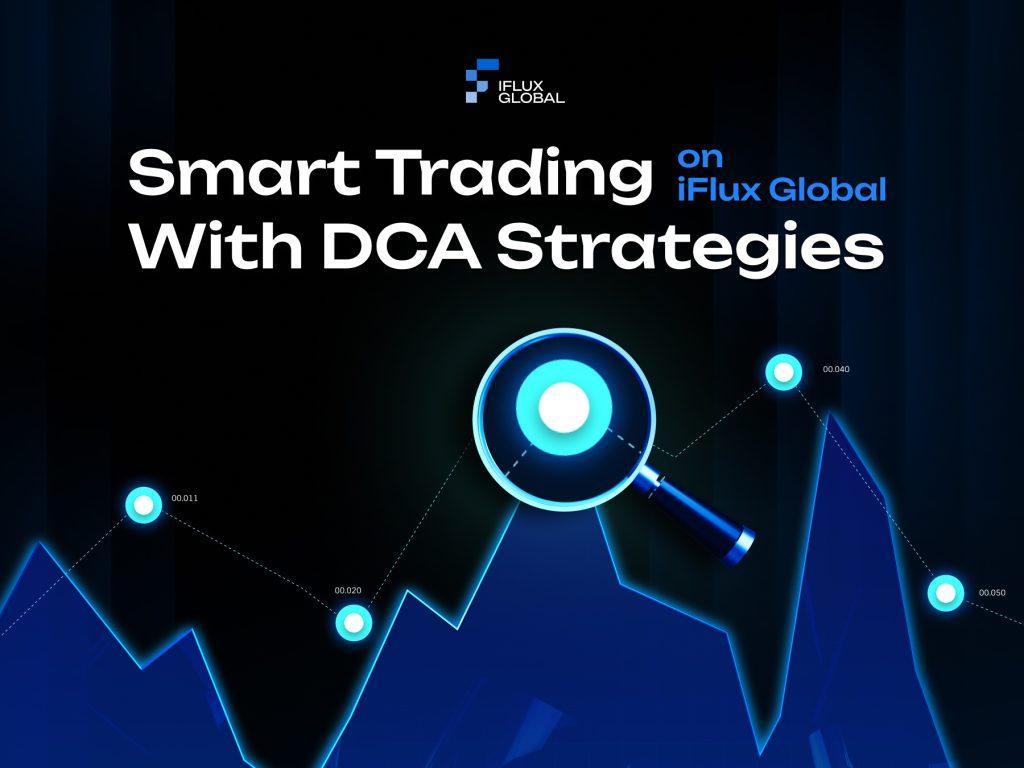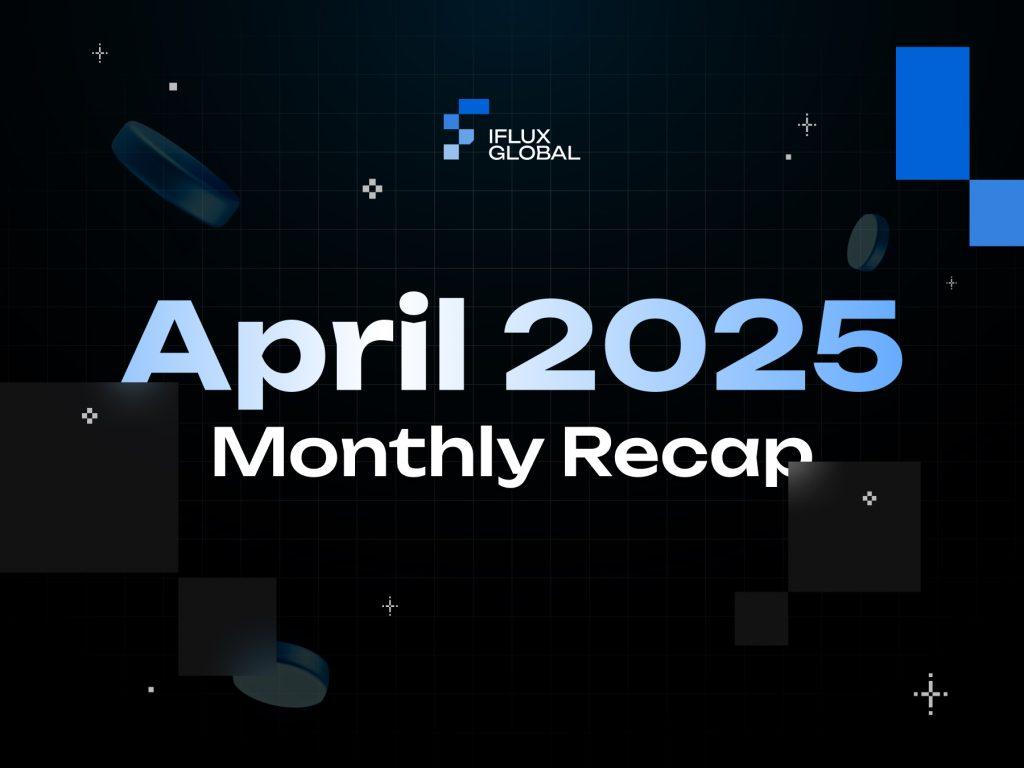The finance landscape has undergone dramatic transformation over the past decades, evolving from traditional investment vehicles through blockchain innovation to today’s dynamic crypto platforms. This evolution represents not merely technological advancement, but a fundamental shift in how value is created, stored, and transferred in the global economy.
The Three Waves of Financial Evolution
The journey toward our current financial ecosystem has followed three distinct evolutionary phases, each building upon and transforming the previous landscape in profound ways.
Wave 1: Traditional Finance – Foundation with Limitations
For centuries, traditional financial systems have served as the backbone of global economics. These systems established critical structures that continue to influence how we conceptualize value today.
Traditional finance created the foundational frameworks for modern markets through centralized authorities like banks, government institutions, and regulatory bodies. While these structures provided stability, they also imposed significant limitations on ordinary investors. High entry barriers required substantial capital, while geographic restrictions limited market access for many global participants.
The reliance on intermediaries not only added costs but created friction in transactions. Each middleman in the chain—banks, clearinghouses, brokers—extracted fees while adding processing time. This system functioned effectively for established players but systematically disadvantaged retail investors.
These traditional structures delivered modest returns, with average investors typically seeing annual yields between 3-7%. Meanwhile, complex fee structures often eroded genuine profits, creating a system where financial institutions captured disproportionate value compared to individual participants.
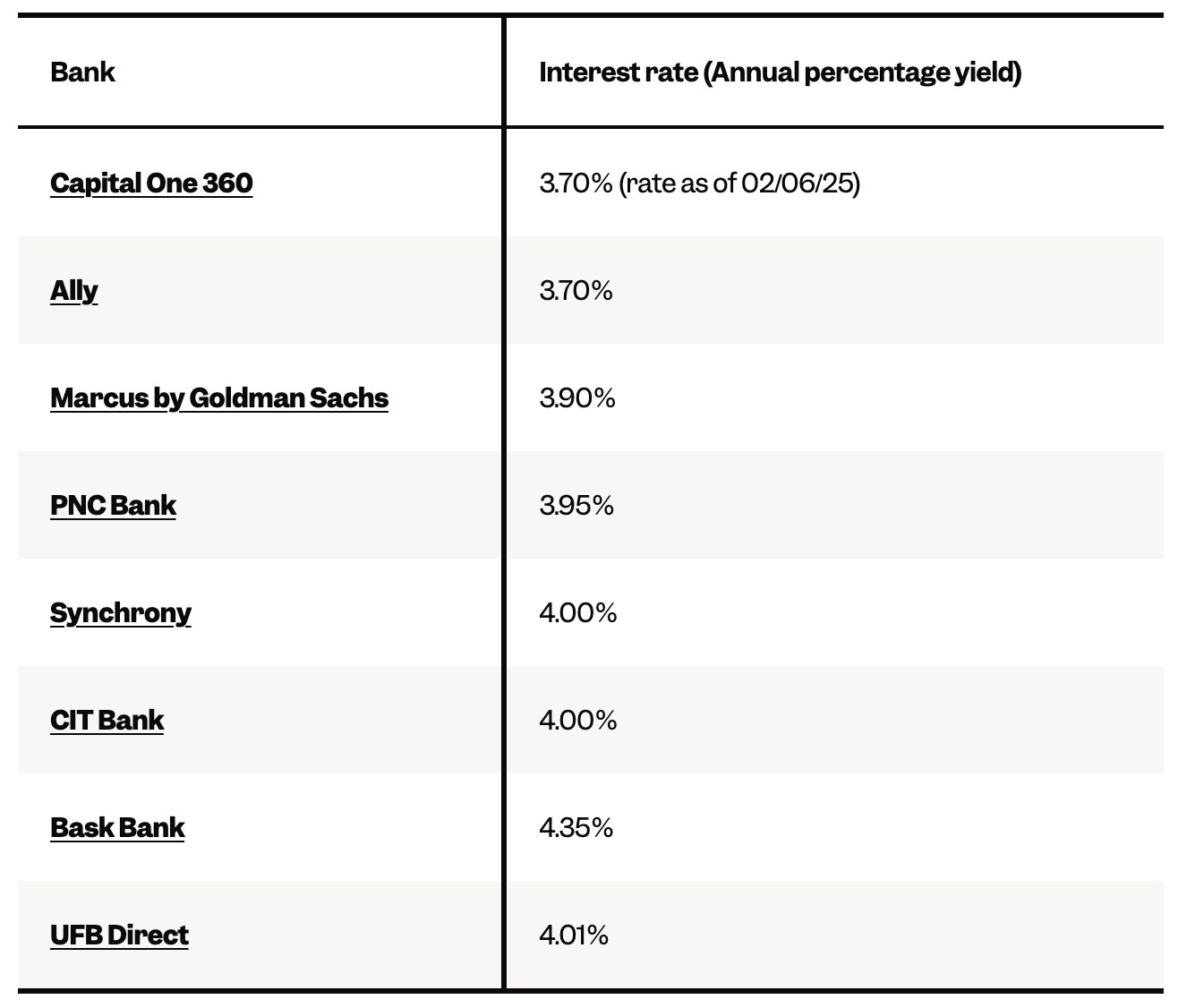
The 2008 global financial crisis revealed critical vulnerabilities in this system. The lack of transparency in complex financial instruments, excessive risk concentration among interconnected institutions, and information asymmetry favoring institutional players all contributed to market failure on a global scale. This watershed moment highlighted the need for more transparent, accessible financial infrastructure and set the stage for technological innovation.
Wave 2: Blockchain and Cryptocurrency – The Digital Disruption
Bitcoin’s introduction in 2009 sparked a revolution that extended far beyond a new currency. The underlying blockchain technology established a novel approach to trust in financial systems, replacing centralized authority with cryptographic verification and distributed consensus.
This innovation eliminated the need for trusted intermediaries, instead relying on mathematical verification through a network of nodes. The transparency of public blockchains made all transactions visible, while maintaining appropriate privacy through pseudonymous addresses. This represented a profound shift from the opacity of traditional financial instruments that contributed to previous market failures.
The cryptocurrency market has matured significantly since its early days. Bitcoin’s market capitalization exceeded $1.3 trillion by early 2025, while the broader crypto market surpassed $4.7 trillion. Institutional adoption has accelerated with major players like BlackRock, Fidelity, and Goldman Sachs managing dedicated crypto portfolios. The SEC’s approval of spot Bitcoin and Ethereum ETFs in 2023-2024 marked another watershed moment, bringing crypto exposure to traditional investment vehicles.
Decentralized Finance (DeFi) emerged as a particularly transformative application, creating parallel financial services without centralized control. Total Value Locked (TVL) in DeFi protocols surpassed $180 billion by 2025, offering lending, borrowing, and trading services without traditional gatekeepers. These protocols automated financial operations through smart contracts, removing human intermediaries from transaction execution.
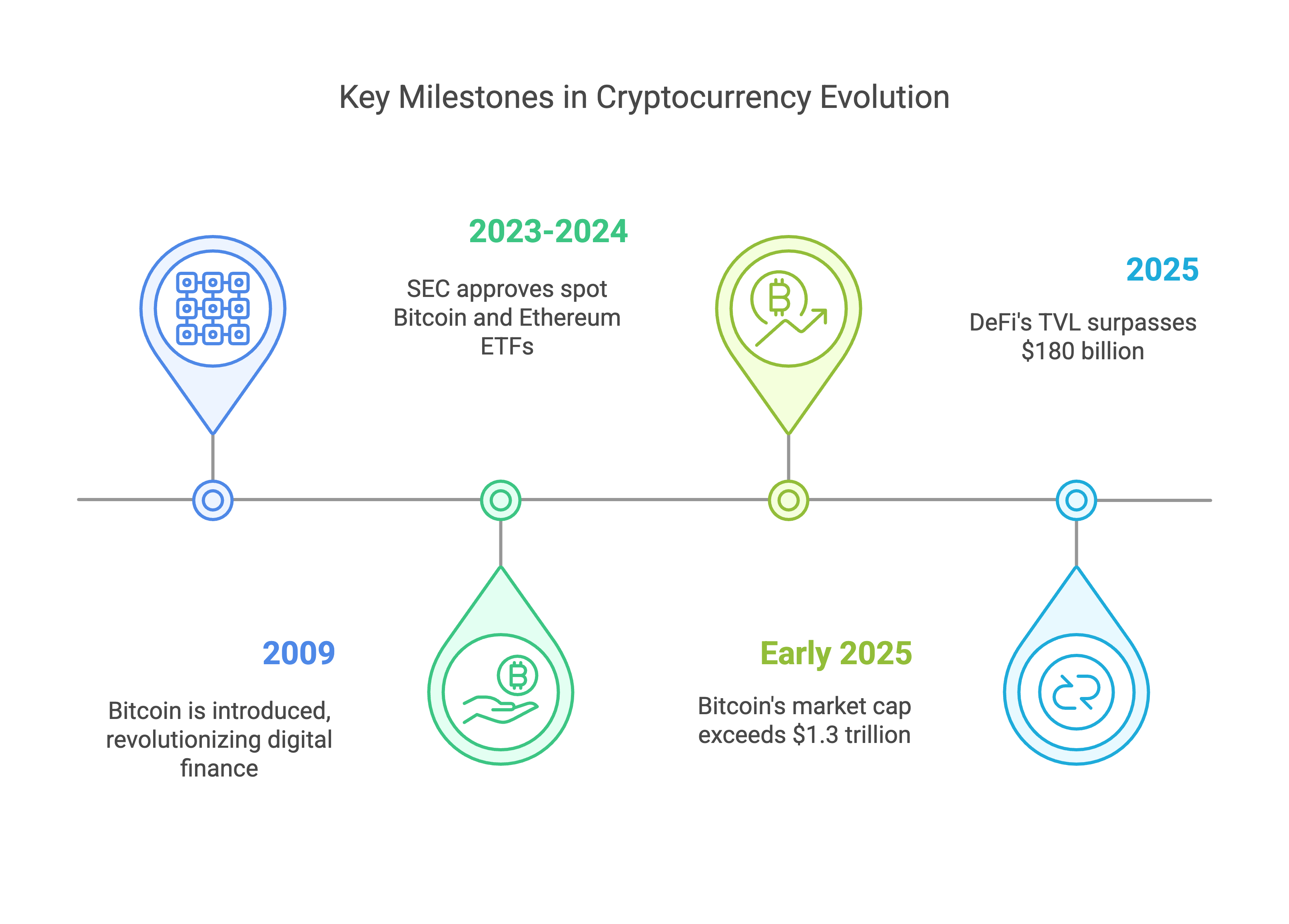
Despite these innovations, early cryptocurrency markets presented significant challenges. Extreme volatility deterred mainstream adoption, with assets regularly experiencing 30-50% price swings within short periods. Technical barriers remained high, requiring specialized knowledge of wallets, private keys, and blockchain operations. Regulatory uncertainty created compliance challenges for both users and businesses operating in the space.
The market also struggled with practical applications beyond speculation. While blockchain technology offered theoretical advantages, real-world use cases developed more slowly than anticipated. These limitations drove the next evolutionary phase focused on usability, stability, and practical financial applications.
Wave 3: Modern Crypto Platforms – The iFlux Approach
The latest evolution in financial services combines blockchain’s innovative potential with user-friendly design and practical financial instruments. Modern platforms recognize that technological superiority alone doesn’t ensure adoption—solutions must address real user needs while minimizing complexity.
iFlux Global exemplifies this approach, creating a comprehensive cryptocurrency platform designed for practical everyday use. Their innovative Token Installment service addresses one of the most significant barriers to crypto adoption: high entry costs coupled with market volatility.
The platform allows users to purchase cryptocurrencies with just 15% upfront payment while protecting against market volatility through fixed token rates throughout the contract duration. This approach solves multiple problems simultaneously—reducing capital requirements, protecting against market swings, and providing predictable outcomes regardless of market conditions.
This solution proved particularly valuable during the recent market correction in Q1 2025, when Bitcoin experienced a 32% drawdown over three weeks. While leveraged positions on traditional exchanges faced mass liquidations totaling over $8.2 billion, iFlux users maintained contract stability without liquidation events. This stability demonstrated the practical advantage of the platform’s approach during real-world market stress.
Beyond acquisition, iFlux addresses passive income generation through its Daily Earn program. The 18% APR with daily compounding represents a significant premium over traditional alternatives. While high-yield savings accounts typically offer 0.5% or less, and even aggressive stock portfolios target 10-12% annual returns, iFlux provides substantially higher yields without asset locking.
The comparative advantage becomes clear when examining recent performance data. An investment of $10,000 in traditional vehicles versus iFlux over a 12-month period ending March 2025 showed dramatic differences:
|
Investment Type |
Initial Investment | 12-Month Return |
Final Value |
| Savings Account (0.5%) | $10,000 | $50 | $10,050 |
| S&P 500 Index (11.2%) | $10,000 | $1,120 | $11,120 |
| Corporate Bond Fund (4.3%) | $10,000 | $430 | $10,430 |
| iFlux Daily Earn (18%) | $10,000 | $1,967 | $11,967 |
The iFlux difference is further magnified by compounding effects over longer time horizons. The platform’s yield advantage, combined with daily compounding, creates an increasingly significant gap compared to traditional investment vehicles.
Beyond individual features, iFlux represents a broader evolutionary trend in financial services—making sophisticated financial instruments accessible to average users through intuitive design. The platform eliminates technical barriers through simplified interfaces while maintaining the fundamental advantages of blockchain technology.
The Future Financial Landscape
As we look toward the remainder of 2025 and beyond, several emerging trends suggest continued evolution in the financial ecosystem. Institutional adoption continues to accelerate, with major banks like JPMorgan, Goldman Sachs, and Morgan Stanley expanding their crypto service offerings. The percentage of global financial institutions engaged in blockchain initiatives has risen to 68%, up from 44% in 2022.
iFlux Global is positioned at the forefront of this institutional evolution, with its enterprise-grade infrastructure already attracting partnerships with several major financial entities. The platform’s commitment to compliance while maintaining innovation makes it particularly attractive as traditional institutions seek trusted entry points to the crypto ecosystem.
Regulatory frameworks are maturing globally, with many jurisdictions establishing clear operational guidelines. The passage of the Digital Asset Market Structure Act in the United States established a comprehensive regulatory framework, while the EU’s Markets in Crypto-Assets (MiCA) regulation created standardized rules across European markets. These developments reduce compliance uncertainty while maintaining innovation potential.
iFlux Global’s proactive approach to regulation positions it favorably in this evolving landscape. The platform’s transparent operations and commitment to compliance ensure it can adapt quickly to regulatory changes while maintaining service continuity for users. As regulatory clarity increases, iFlux’s already-compliant infrastructure offers a competitive advantage.
User experience continues to evolve toward simplicity and accessibility. The average time required for new users to complete their first crypto transaction has decreased from 32 minutes in 2021 to just 8 minutes in early 2025, indicating significant UX improvements industry-wide. iFlux remains at the cutting edge of this trend, with its intuitive interface allowing new users to complete their first Token Installment in under 5 minutes on average.
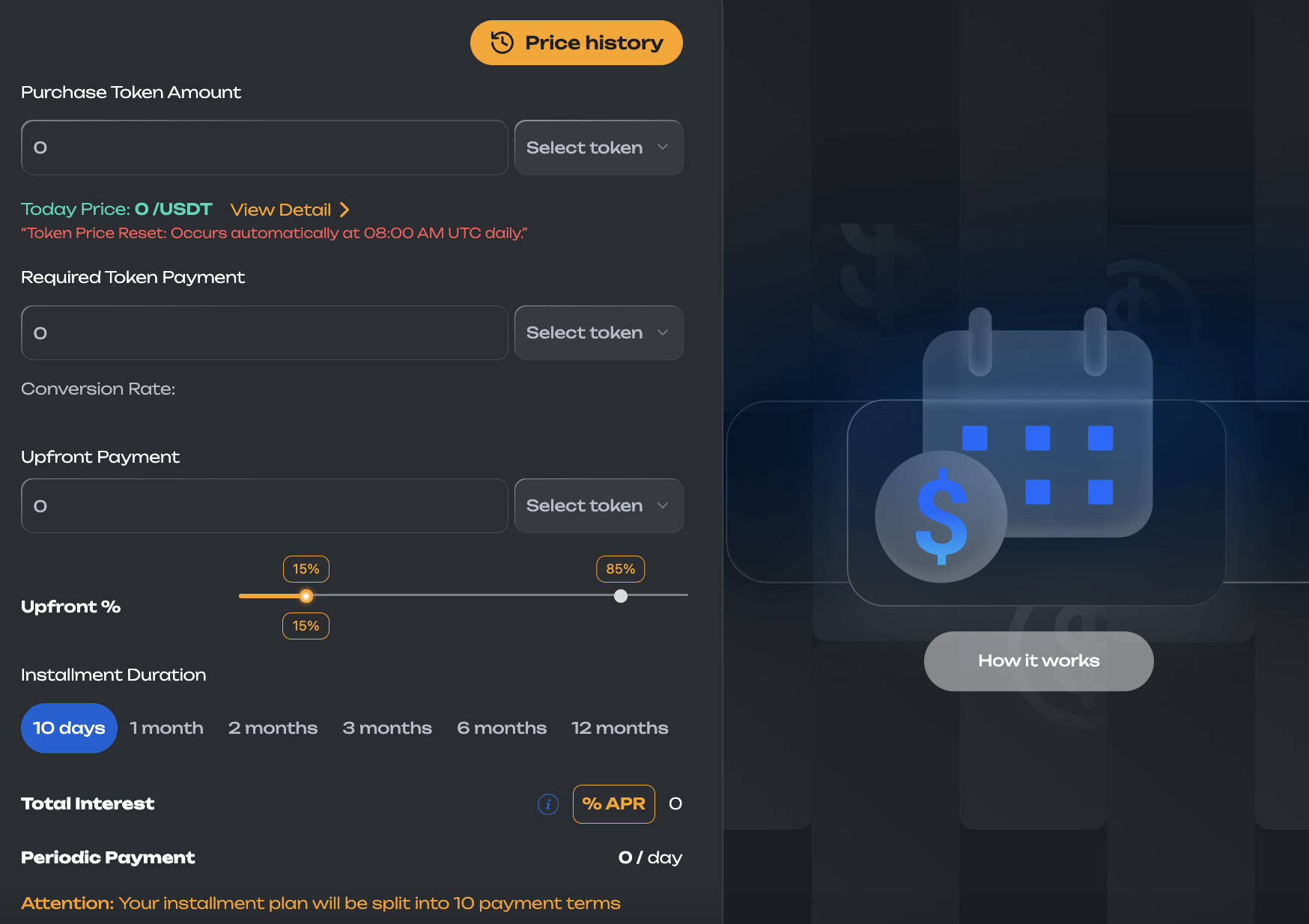
Cross-chain interoperability has advanced substantially, with seamless asset transfers between previously isolated blockchain ecosystems now commonplace. Technologies like LayerZero, Wormhole, and the cross-chain messaging protocol (CCMP) have reduced friction between blockchain environments, creating a more unified crypto landscape. iFlux’s upcoming multi-chain support expansion will leverage these advancements to offer users seamless access across multiple blockchain ecosystems from a single interface.
Perhaps most significantly, real-world asset tokenization continues to expand rapidly. The total market capitalization of tokenized real-world assets reached $24 billion by Q1 2025, representing a 370% increase from 2023. This trend brings traditional value on-chain, further blurring the boundaries between conventional and crypto finance. iFlux plans to capitalize on this growth through its forthcoming RWA Marketplace, which will allow users to access tokenized real estate, commodities, and other traditional assets through the same familiar installment model.
Conclusion: Embracing Financial Evolution
The journey from traditional finance through blockchain innovation to today’s advanced crypto platforms represents a fundamental shift in how we conceptualize and interact with financial systems. Platforms like iFlux Global exemplify this evolution by providing accessible entry points, robust risk management, and competitive returns.
For investors looking to participate in this financial transformation, the path forward involves embracing these new opportunities while maintaining sound investment principles. By leveraging platforms that combine innovation with user protection, investors can position themselves at the forefront of financial evolution.
About iFlux Global
iFlux Global is a comprehensive cryptocurrency financial platform that provides innovative products and services beyond traditional exchange capabilities. It offers a unique Token Installment service allowing users to purchase crypto with minimal upfront payment, an industry-leading Daily Earn program with 18% APR, and a zero-fee trading environment with hourly price updates that create unique arbitrage opportunities.
iFlux Global – Beyond A Simple Crypto Exchange
